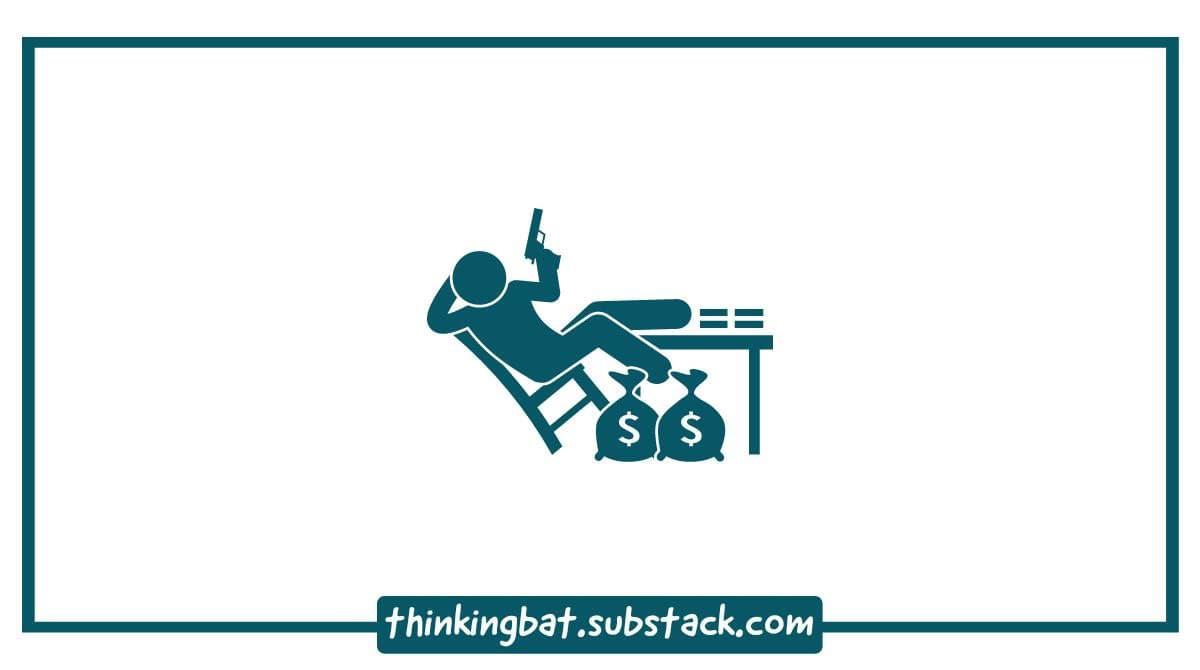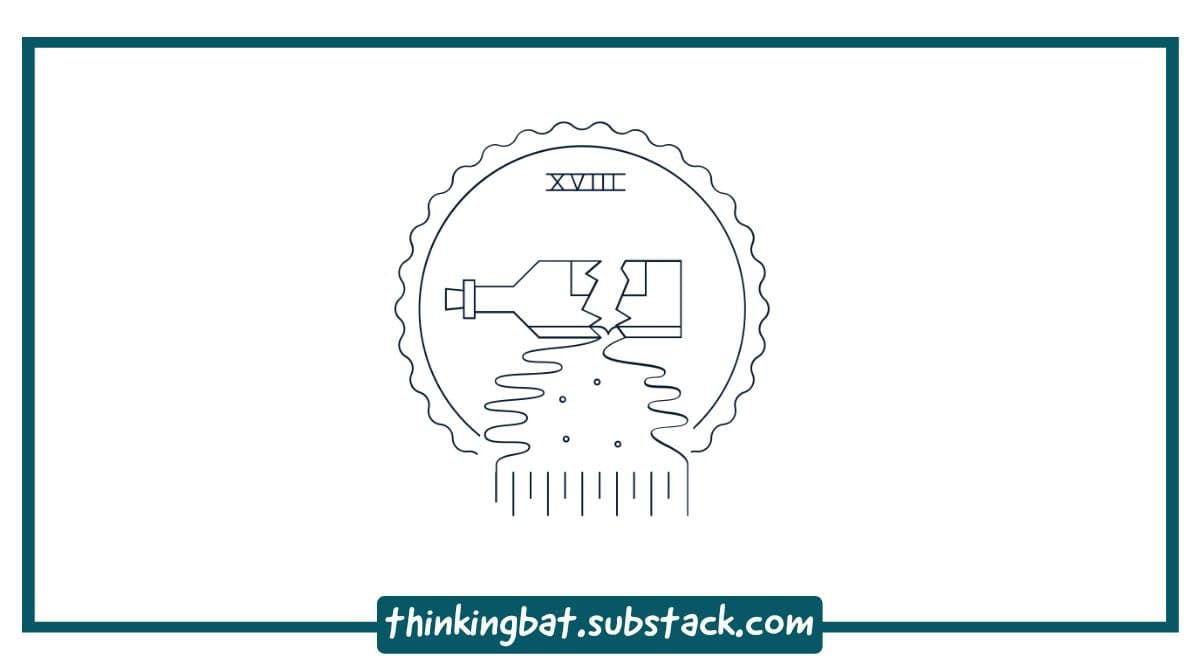In January 1920, the government of the USA ratified the 18th amendment that declared the production, transport, and sale of intoxicating liquors illegal. For the next 13 years, the country was kept dry. It emerged from the organized efforts of the temperance movement and Anti-Saloon League1, which attributed to alcohol virtually all of society's ills.
Without the evils of alcohol abuse, it was hoped that everything from unemployment to domestic violence would decrease dramatically. Americans will be free to focus their energy on constructive sides of their life—filling the void of time created in place of alcoholic indulgences.
However, the plans of the US Government backfired.
Enters Al Capone and many guys like him who profited from smuggling newly illegal alcohol. Capone gained control of Chicago's massive bootlegging and smuggling industry with a series of bloody gang wars2. The Crime rate shot up. The prohibition resulted in an increased crime rate of 24% including, increased assault and battery by 13%, homicide rates by 12.7%, and burglaries and theft by 9%.
America learned an important lesson, and the prohibition finally ended with the ratification of the 21st amendment in 1935.3
What’s the catch here?
If you look closely, you will realize that the US government failed to speculate more nuanced consequences of their decision.
Their oversimplistic approach backfired because they only focused on the first-order consequences of their policy. They didn’t realize that by banning alcohol they are creating a shortage in the supply of a commodity that has huge demands.
It’s definitely a lot easier for us to criticize their decision. We know the consequences of the decision they made. But the US government wasn’t aware of the same. Those consequences were in their future, in the home of the unknown. While for us, they are in our past, the home of facts and data.
This is where the role of the mental model that we are going to discuss today comes into play. It helps you analyze the more nuanced consequences of your decisions.
What is Second-Order Thinking?
To understand second-order thinking, we need to understand first-order thinking.
First-order thinking is the process of considering the intended and perhaps obvious implications of a business decision or policy change.
Second-order thinking is the process of tracking down and unraveling the implications of those first-order impacts.
A great example of first-order thinking is Robinhood’s ideology. Giving money to the poor makes sense to a certain degree. But it will limit them to make any personal progress, and they are eternally dependent on Robinhood to feed their families. He seriously needs to read this essay to understand the indirect consequences of his actions.
The problem with solutions based on first-order thinking is that they create more problems than they solve.
In his exceptional book, The Most Important Thing, Howard Marks explains the concept of second-order thinking, which he calls second-level thinking.
First-level thinking is simplistic and superficial, and just about everyone can do it (a bad sign for anything involving an attempt at superiority). All the first-level thinker needs is an opinion about the future, as in “The outlook for the company is favorable, meaning the stock will go up.” Second-level thinking is deep, complex and convoluted.
Improve Your Ability To Think
Second-order thinking is tough. The difference in workload between first-level and second-level thinking is clearly massive. This is why the number of people capable of the latter is tiny compared to the number capable of the former.
Here are three ways you can use to put second-order thinking into practice today.
Always ask yourself, “And then what?” more often.
Think through time — What do the consequences look like in 5 minutes? 5 months? 5 Years?
Use forced pessimism if you think you are biased to be optimistic.
Create templates with 1st, 2nd, and 3rd order consequences. Identify your decision and think through and write down the consequences, and the consequences of the consequences. If you review these regularly, you will be able to calibrate your thinking.
(Bonus) If you are using this to think about business decisions, ask yourself how important parts of the ecosystem are likely to respond. How will employees deal with this? What will my competitors likely do? What about my suppliers? What about the regulators? Often the answer will be little to no impact, but you want to understand the immediate and second-order consequences before you make the decision.
A lot of extraordinary things in life are the result of things that are first-order negative, second-order positive. So, just because things look like they have no immediate payoff does not mean that's the case. All it means is that you will have less competition if the second and third-order consequences are positive because everyone who thinks at the first order won’t think things through.
I appreciate your patience and dedication to read this essay. I am glad that you made it to the end. I hope you learned something new that will help you to make more informed decisions in your life.
I have been running this newsletter for the last ten months, sharing the bits and pieces of my intellect with thousands of readers every month.
More than having a large audience, I want a sustainable group of the right people. People who get something out of these weekly essays. If you know someone who fits the bill, feel free to share my work with them. If you are new here and like what you just read, then by all means subscribe.
Which was renamed in 2016 the American Council on Addiction and Alcohol Problems
By the time Al Capone was in his late 20s, his bootlegging outfit was reportedly grossing about $100 million a year—more than $1 billion when adjusted for inflation.
It is worth noting that when the 18th amendment was repealed, the murder rate in America fell by 40%.









Great read. Can you recommend resources for deeper learning?